How to reduce caffeine intake? Indonesian charcoal coffee kopi joss can effectively reduce caffeine.
Those who know decaf coffee know that decaf coffee beans are decaffeinated manually at the green bean stage. Since artificial decaffeination techniques do not remove 100% of caffeine from coffee beans, there are validation criteria for decaffeinated coffee. The European Union standard for decaf coffee is that the processed caffeine content does not exceed 0.1% of the raw beans, while the FDA standard is less than 3% of the original caffeine content.
Under the condition that the machines and conditions are developed now, there are several ways of artificial de-causation: direct/indirect solvent treatment, supercritical carbon dioxide treatment, Swiss water treatment and mountain spring water treatment. All of these are common methods of artificial cause-removal in modern times.

Back in the days of substance/technology scarcity, Indonesian people had their own way of lowering caffeine in coffee (but they didn't realize it), and only started lowering caffeine after the coffee had been brewed! This "recipe" has also been preserved and used to this day. On the streets of Indonesia, a stall owner puts red-hot charcoal into coffee, attracting passers-by's attention, while the copywriter is also attracted by "a piece of red-hot charcoal into a cup of coffee" in the video preview when browsing the video website! As you can see from the video screenshot, the stall owner first adds the brewed coffee to a cup filled with a lot of sugar, then takes out the red-hot charcoal from the nearby stove and puts it into the cup. Then use a spoon to press the charcoal to the bottom of the cup, and the coffee in the cup boils instantly.
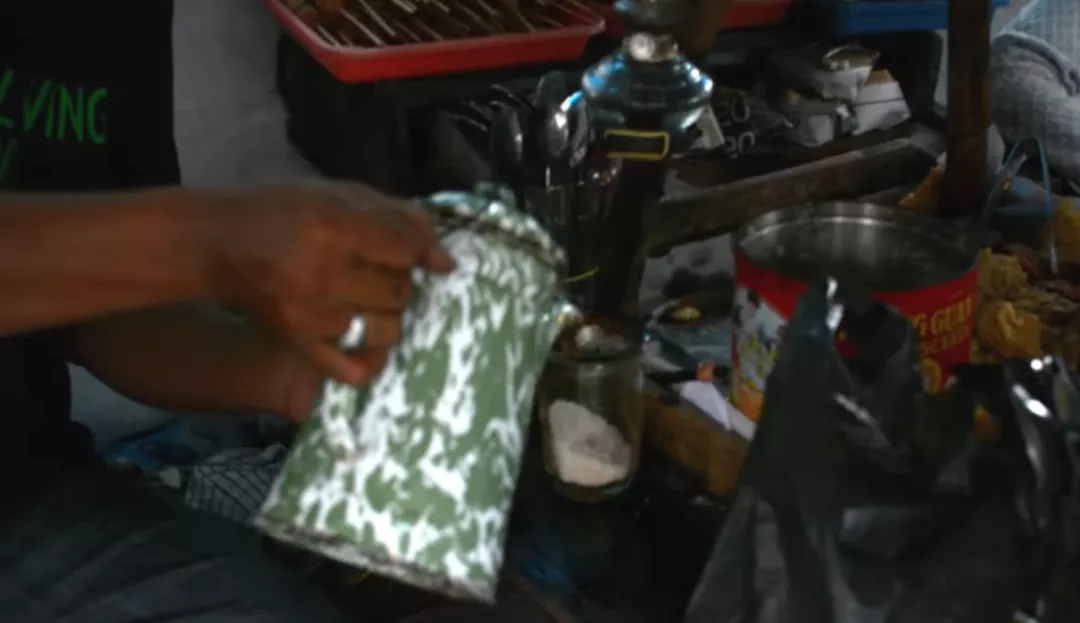
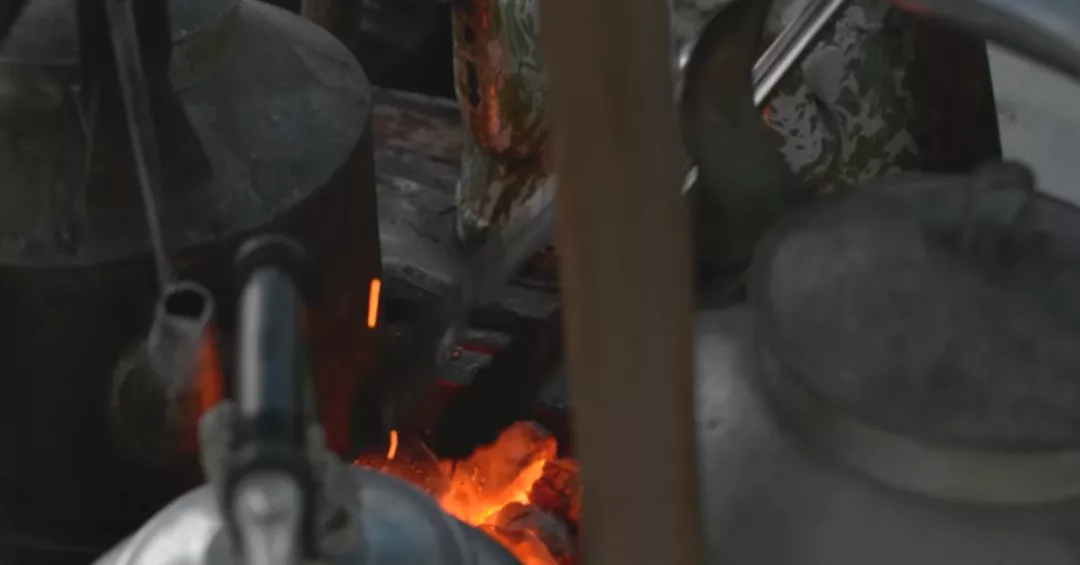
When people taste coffee, the charcoal will remain in the cup, and after the coffee is finished, the stall owner will continue to burn the charcoal, and then continue to make the "hard core coffee".
Because red-hot charcoal put into coffee will instantly make coffee boiling effect, and produce j~o~s~~ sound, Chinese imitation sound is probably ~~~~~~~. Indonesia calls coffee Kopi, hence the name Kopi Joss.
Kopi Joss was not originally created to reduce caffeine, but Indonesian locals believe charcoal can relieve stomach discomfort and ward off cold. After adding red-hot charcoal to coffee, it is not easy to have stomach pain, and it can also digest food. It is also a good choice to drink a cup when you have a cold. Charcoal may have been added in the first place because it was thought to relieve stomach discomfort or to have a chilling effect. Last November, VOA Indonesia reported a study by Ahmad Fauzan, a chemistry student at the University of Yogyakarta in Indonesia, on the charcoal used by Kopi Joss.
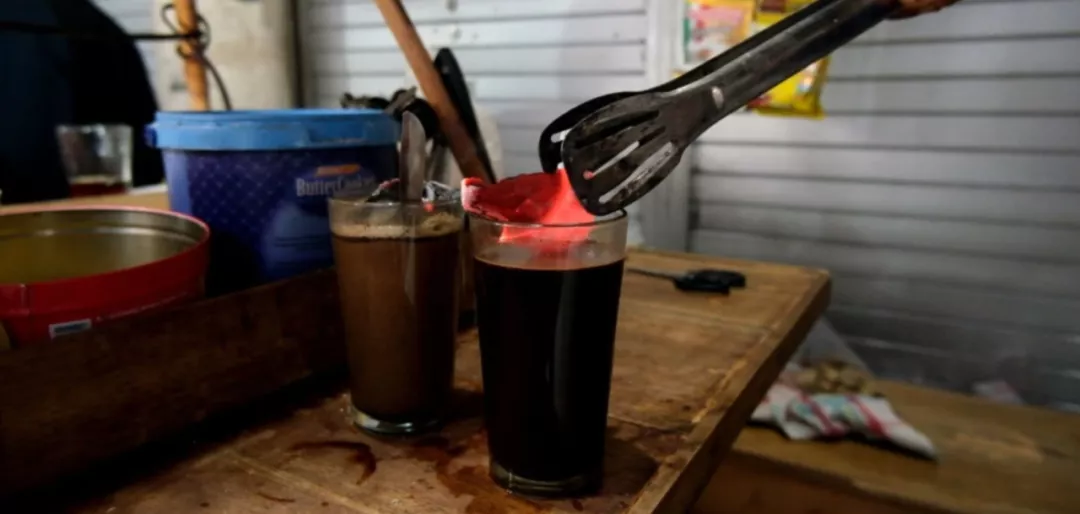
According to Ahmad Fauzan's research, the charcoal used by Kopi Joss comes from tamarind trees. According to Ahmad Fauzan's research results, the charcoal after burning is very hot. Adding coffee can greatly remove caffeic acid, but it will make the brewed coffee taste better. Second, these tamarind charcoals neutralize and reduce caffeine.

"The results of the study show that charcoal is a good absorbent because it has an iodine absorption rate of 83%. Indonesian black coffee has a caffeine content of 68.78 mg/100 ml, while Kopi Joss coffee with red tamarind charcoal has a caffeine content of 55.13 mg/100 ml,"he said. The study also showed that optimal caffeine adsorption occurred at 40 minutes, with caffeine absorption of 20.15 mg/100 ml. The addition of braised charcoal had relatively no effect on the appearance and taste of Kopi joss." Despite the findings, many netizens questioned whether it was good for their health, because red-hot charcoal would shed a small amount of charcoal powder when put into coffee, and people would drink it together. Charcoal cannot be digested by the human body. If it is drunk for a long time, can it really help relieve stomach discomfort?
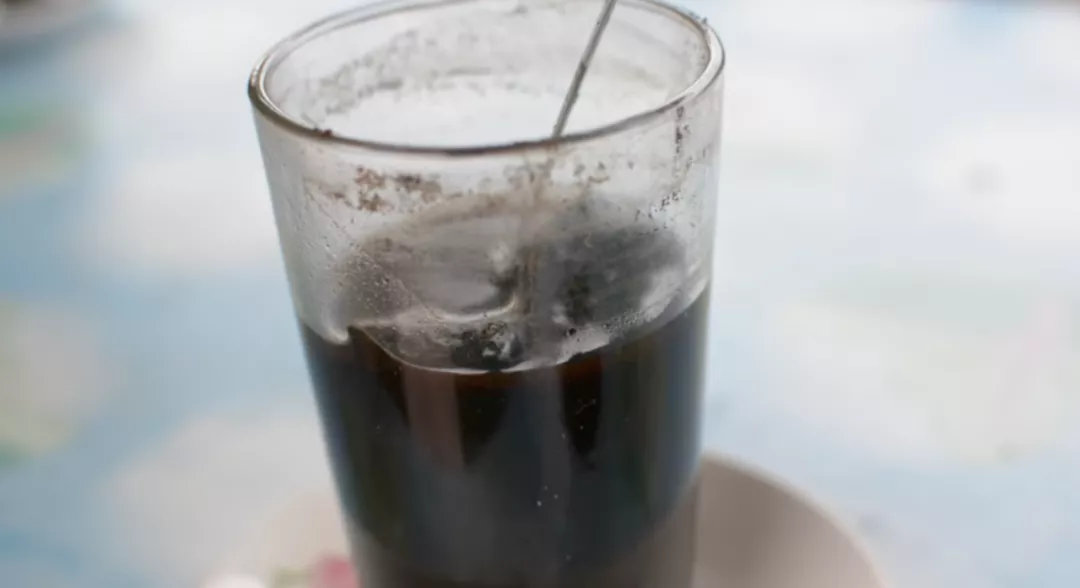
Every place has its own "recipe", which has been passed down from generation to generation for so many years. This is just a traditional way of making it. Try it fresh, or not drink it in large quantities for a long time. It is still OK. But if you have an upset stomach, don't drink coffee.
Image Source: Internet
Important Notice :
前街咖啡 FrontStreet Coffee has moved to new addredd:
FrontStreet Coffee Address: 315,Donghua East Road,GuangZhou
Tel:020 38364473
- Prev

The post office coffee publicity put out an own dragon? Which China Post Coffee is authentic? Where is the dispute over the first "post office coffee"?
A few days ago, China Post official account and Weibo posted news that coffee was opened at the post office in Xiamen International Trade Tower, emphasizing that it was the first post office coffee, and the news was promoted in various major media. However, some users said that the relevant post office coffee had been opened before this, and the relevant operators did not agree with the above statement.
- Next
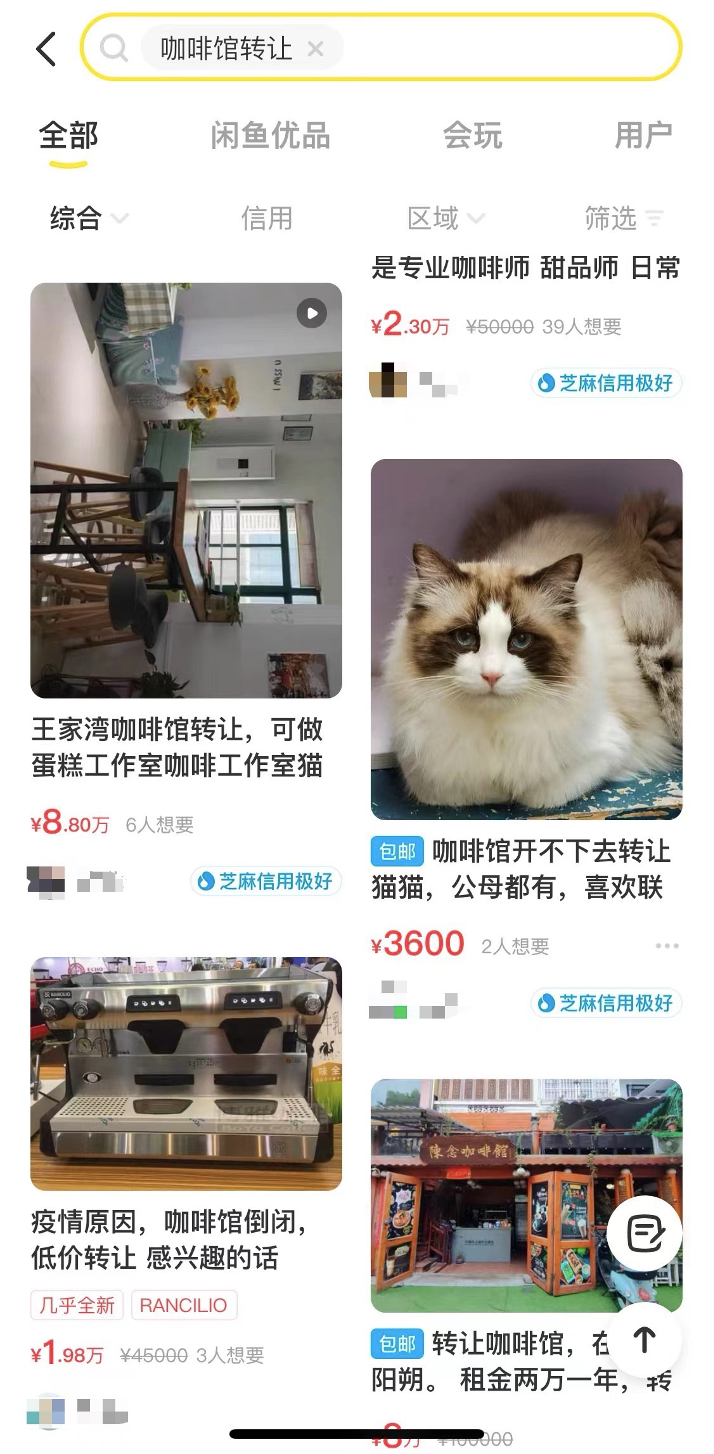
High failure rate of start-up in milk tea shops and cafes lack of reasons for start-up projects in coffee shops, poor management and so on lead to shop closure
As workers in the new era, the fast-paced daily life has given birth to the gradual rise of young people's industries related to "slow life", "literature and art", "countryside" and so on. Many workers in the office "assembly line" who were devastated by "996" and "007" resigned naked to start their businesses and escaped from the tiredness of beating workers.
Related
- What effect does Italian American coffee with filter paper have? Will coffee taste better if it is put on filter paper at the bottom of the powder bowl?
- What is the color difference in coffee beans? What are the characteristics of honey processed coffee beans? Why are the anaerobically treated coffee beans uneven in color?
- How does novice Xiaobai quickly get started and make coffee? Newbies learn to make coffee by hand and share the specific steps and process process!
- Costa tea has a shelf life of 100 years?! Expert: Unable to verify
- It's a huge uproar! American milk addition was rejected by Manner employees?!
- Mocha pot coffee bean recommendations| How fine and how much powder should be used for grinding? What parameter ratios do I need to use to make milk with Mocha pot coffee?
- What are the characteristics of the world's top ten coffee beans treated with Costa Rica honey? How to make black honey kadura from Tarazhu Pilon Processing Plant taste good?
- How to make deep-roasted coffee? What grinding water temperature does authentic Jamaica Blue Mountain No. 1 coffee use to brew it well?
- Selected high-grade rose summer coffee flavor tasting guide Why Panama rose summer has the aroma of flowers and fruits
- What equipment does a novice Xiaobai need to buy to learn to make coffee? Filter cup electronic scale bean grinder manual flushing pot purchase guide

